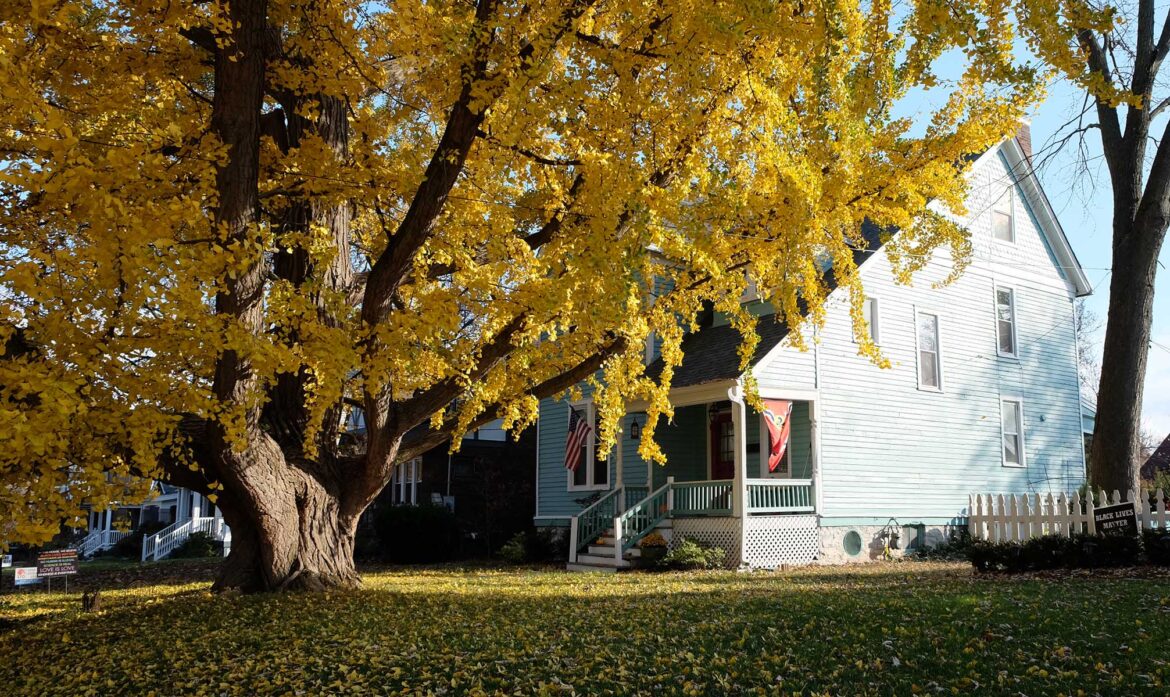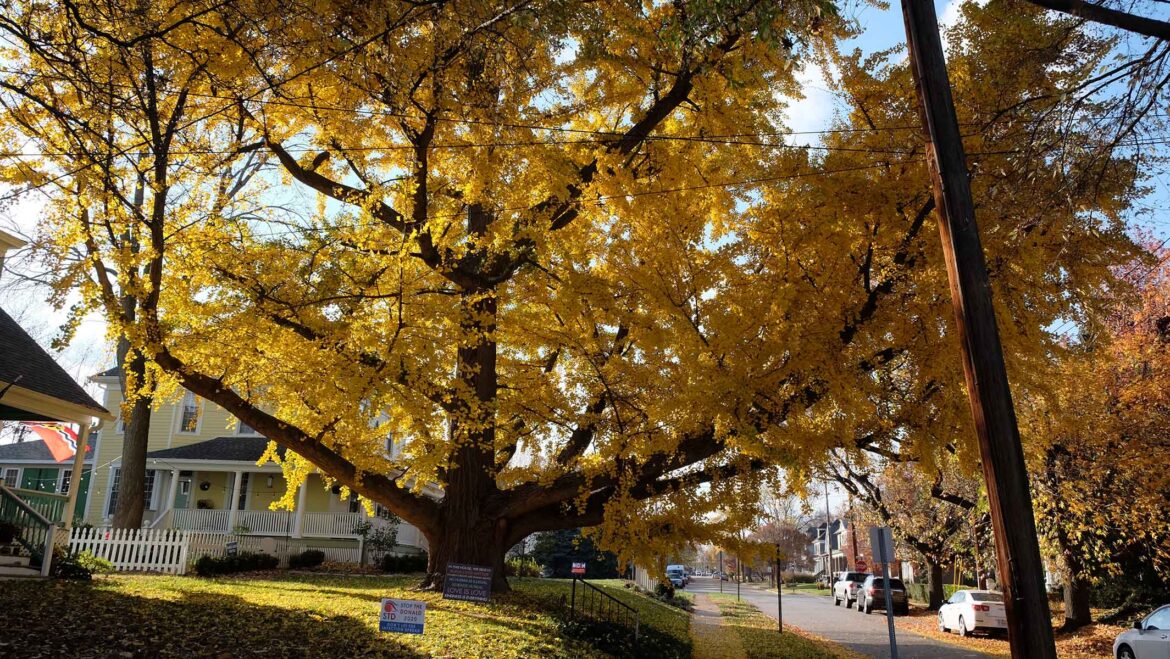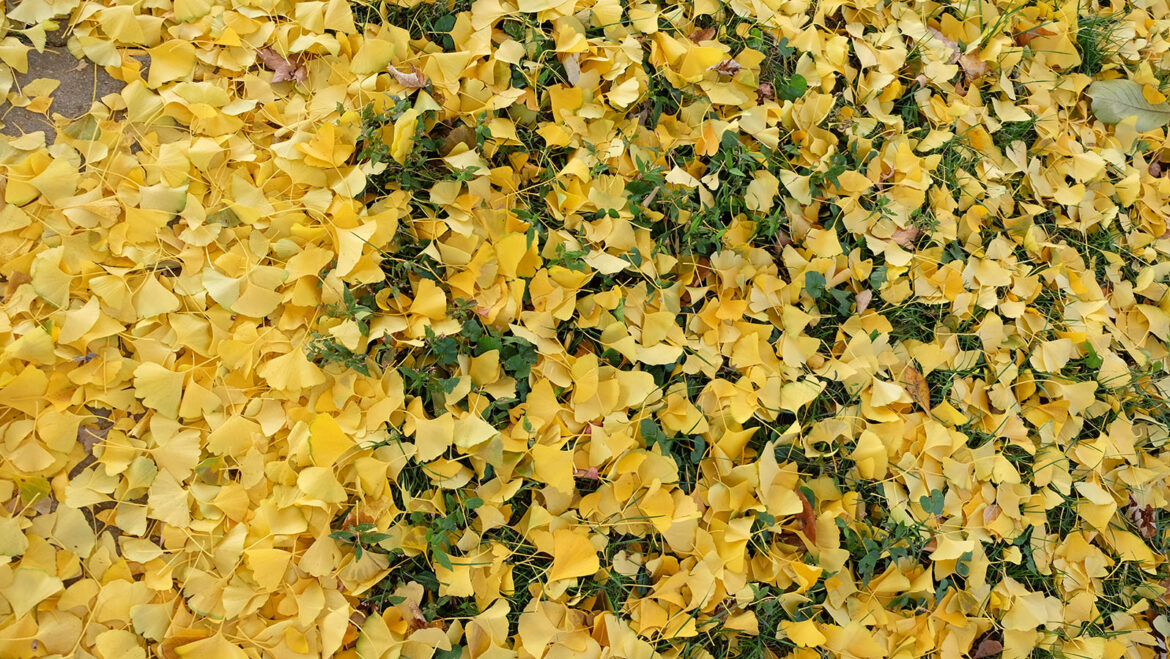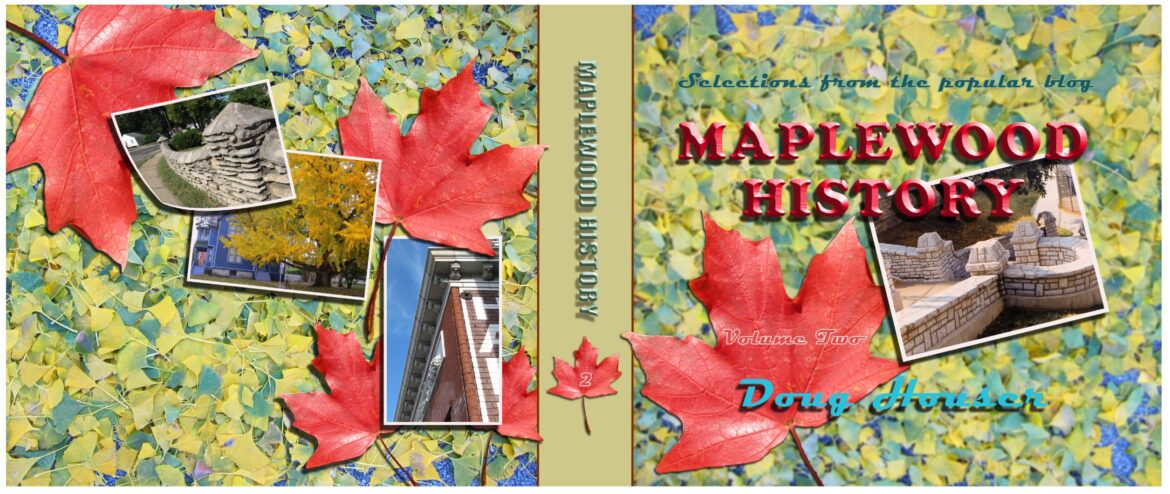If you are familiar with ginkgo trees you know that the leaves all turn a brilliant yellow in the fall. Then the tree drops them…(in what seems like) all at once. Every year about this time my wife and I, and I’m sure others, try to keep an eye on the landmark ginkgo tree at 7380 Flora. The yellow carpet created by the falling leaves is worth the walk to see as well.
The McGregor legend says that a treasured family matriarch, Evelyn, bought the tree at Shaw’s Garden (Missouri Botanical to you younger folks) and planted it in front of her home. As we have record that the McGregor’s bought the home in 1922, it seems likely to assume the ginkgo will soon be approaching 100 years on this planet. A cakewalk for it. Ginkgos have been known to live 1000 years.
If you would like to revisit the posts on the McGregor family, here are two.
A Serendipitous Encounter with the McGregor Family Home and History
The McGregor Bakery and the Family Behind It
As followers of this space probably already know I used the carpet of leaves from Evelyn McGregor’s ginkgo on the soft cover of my new book, Maplewood History – Volume Two. If that seems curious, I used maple leaves as well. My goal is to increase awareness of this very special tree. It is as much a part of our history as most of our buildings. I am sure there are many other trees that qualify. We must remain mindful of them and not lose them needlessly.
If you couldn’t get over to see Evelyn’s ginkgo’s display this year, here are a few of the photos I took today.





I just had to get this post in there. Evelyn’s ginkgo may still be stunning if you get there tomorrow but don’t wait any longer.
As always thanks to everyone who comments and contributes. I couldn’t do this without you.
Doug Houser November 10, 2020.


Esley Hamilton after returning from a drive to Ste. Genevieve had this to say, “I have realized that the best leaves are here in town because we have a much wider range of trees on display.
I was reading an article about fall color in British gardens, and the best ones have planted American and Japanese trees, because English trees such as oak and beech don’t have much color. They love sweetgums, which they call “liquidamber”, but they plant them in wooded backgrounds where you can see them from a distance without having to walk over the gumballs.”
I like that idea, Esley. The gumballs can definitely add a level of excitement to your morning stroll when the tree looms over a sidewalk.
Great post, Doug. I fondly remember trying to climb The lowest but strongest branch but never made it.. of course
all of 5 y/o.
Thanks for sending this my way
You are welcome, Jack. Thanks for sharing your memory of a good time with that tree.